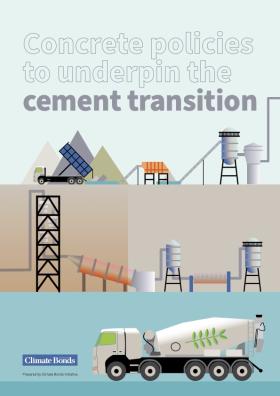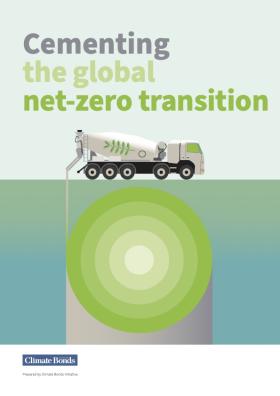The cement industry contributes significantly to CO2 emissions. It is the second-largest industrial emitter, accounting for approximately 7% of global CO2 emissions, and demand for cement is predicted to increase over the coming decades. Cement is a critical input for many activities, including buildings and infrastructure, and is a key material in the net-zero transition.
This decade offers a perfect opportunity to invest in the cement net-zero transition in Europe. Cement assets’ lifetimes reach up to 60 years and the investment choices that cement companies make now will create long-lasting path dependencies, well beyond 2050. By investing in technologies that are consistent with a net-zero scenario they can avoid stranded assets and high economic losses.
 Concrete Policies to Underpin the Cement Transition
Concrete Policies to Underpin the Cement Transition
EU Policy Package
Technologies and solutions are available today which can kickstart the cement sector transition while emerging ones can complete the picture. However, strong policy instruments are needed to support the EU cement industry transition to net zero. This policy paper explains how ambitious policy agendas can help the EU cement industry rapidly transition to a net zero future.

Cementing the Global Net-Zero Transition
Global Cement Policy Package
For cement and other industrial sectors, the barriers to decarbonisation are much higher than others due to technological, economic, or socio- political reasons. The decarbonisation of cement is not just a technological challenge but also a financial and political one. It will require a new range of decarbonisation levers that are identified and guided through sector criteria, financed by the financial sector and promoted and de-risked with policy support.
Policy will impact the adoption of all these levers – technological or financial. This short paper provides an easy-to-implement guide to these policy levers available to policymakers and governments around the world.